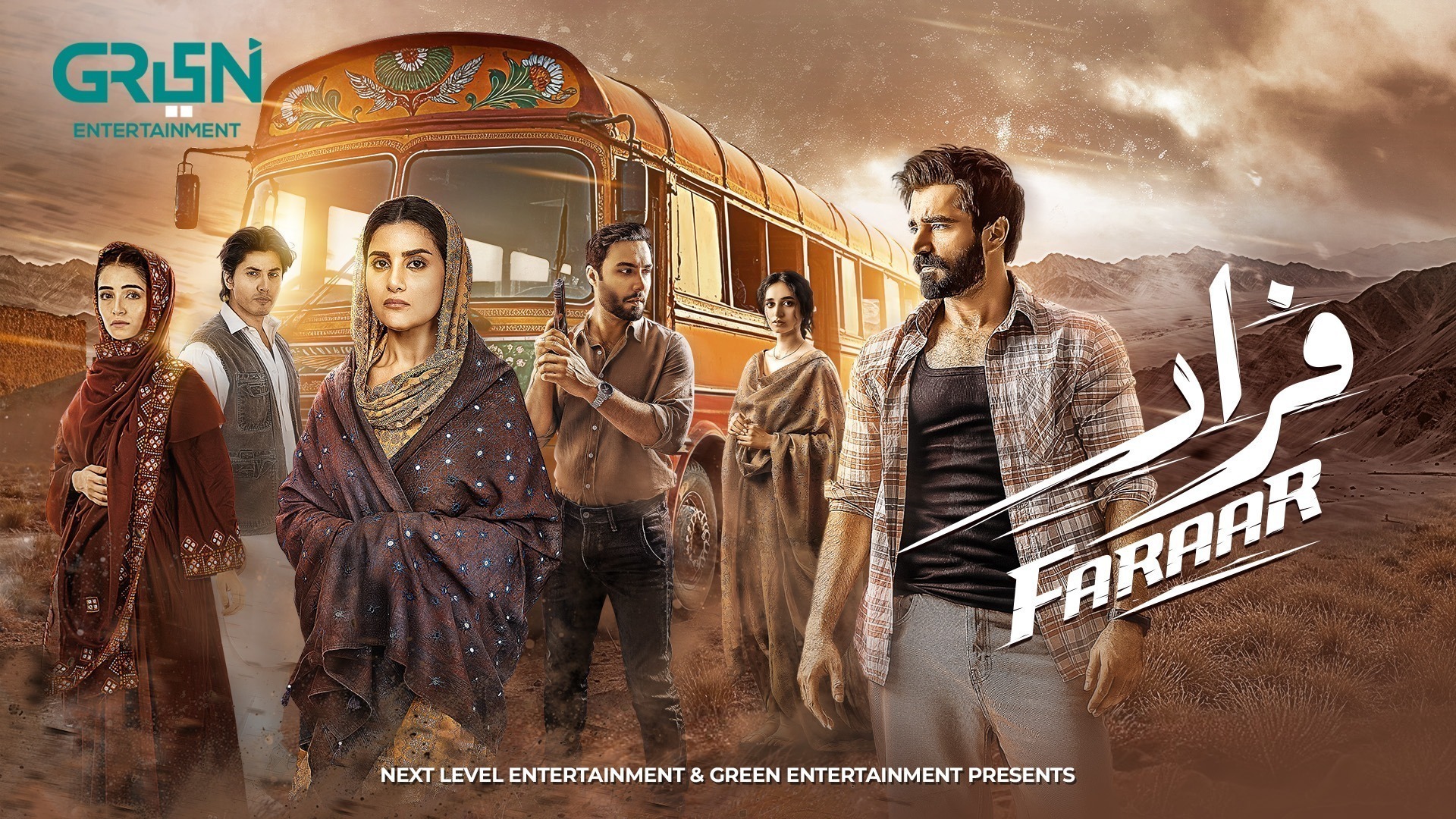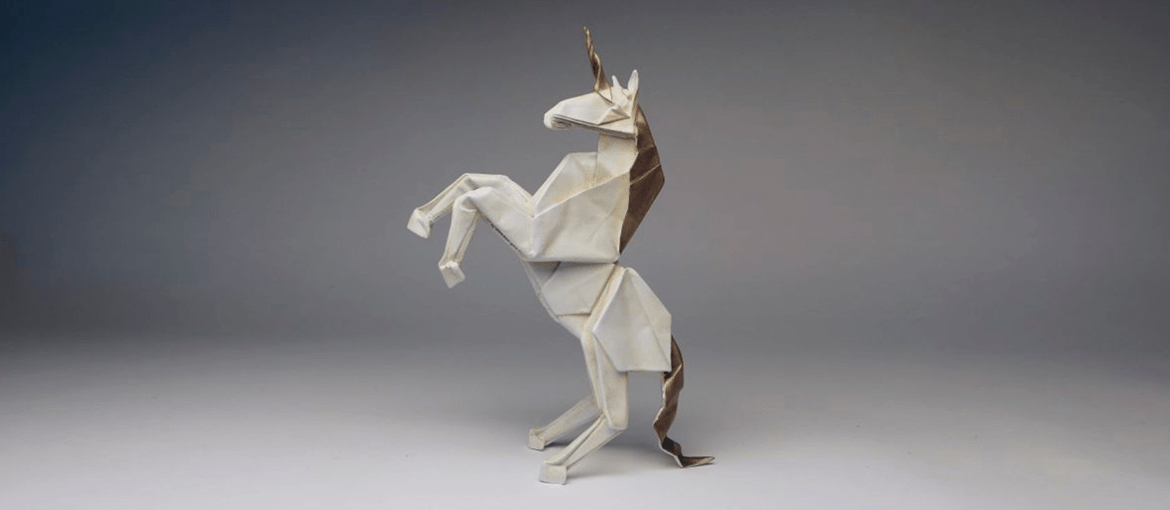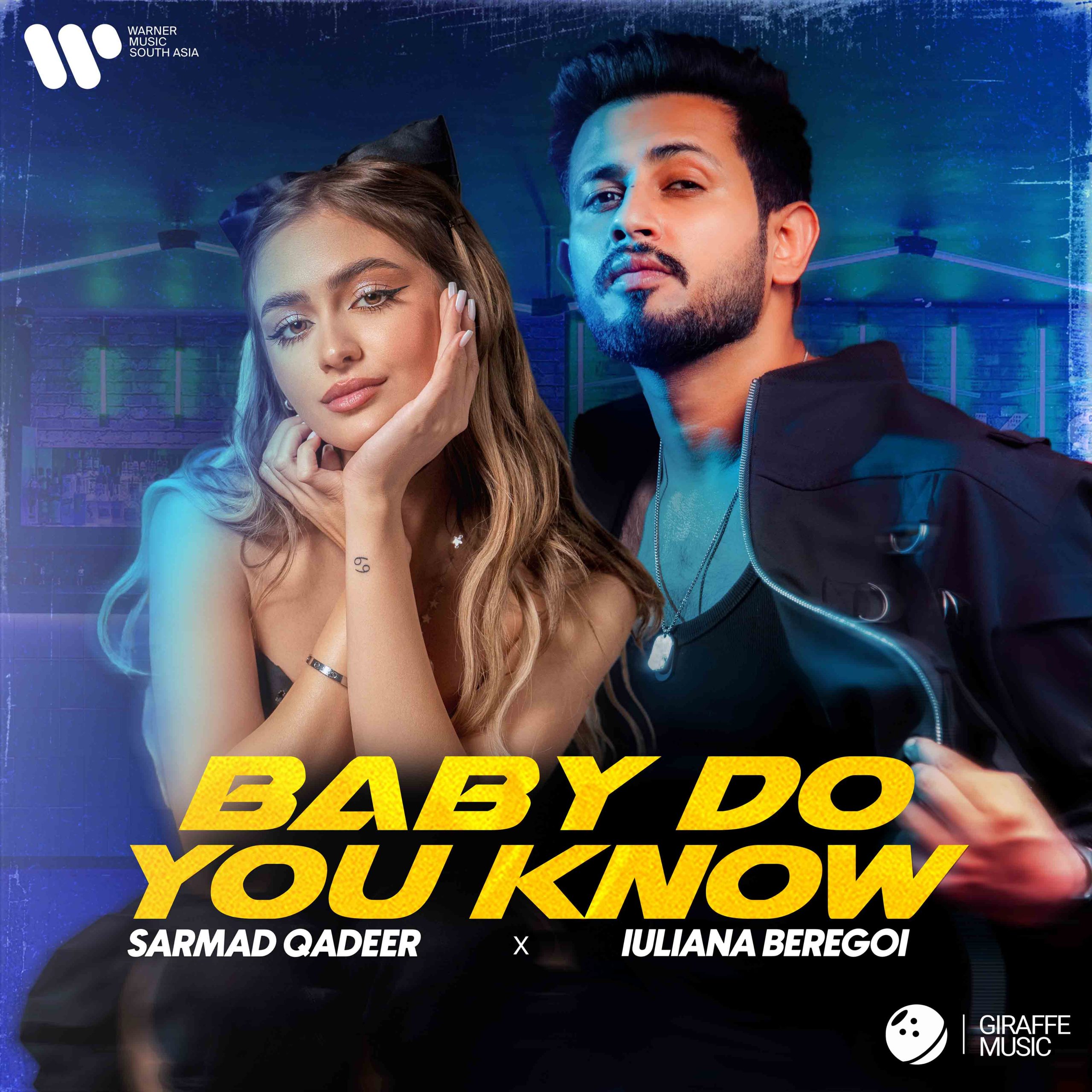The Farshi Shalwar Fever Takes Over Pakistan This Eid

This Eid Al-Fitr, Pakistani youth has witnessed a resurgence of a centuries-old fashion staple: the Farshi Shalwar. This traditional South Asian attire, characterized by its floor-length, flowing, and wide silhouette, has captured the hearts of fashion enthusiasts across the country. The Farshi Shalwar, named after the Persian word “farsh” meaning “floor,” is not just a garment; it’s a symbol of elegance, heritage, and cultural revival.

A Brief History and its Modern Revival
The Farshi Shalwar has its roots in the Mughal era, where it was a staple among noble women. Inspired by the flowing gowns of British noblewomen, this garment became synonymous with class and nobility in South Asia, particularly in Pakistan and northern India. Over time, it evolved from a practical garment for rural women to a luxurious piece adorned with intricate embroidery, making it a staple in formal wear.
In recent years, the Farshi Shalwar has undergone a modern transformation. Designers have experimented with cuts, fabrics, and embellishments while maintaining its essence. Celebrities like Sadaf Kanwal, Hania Aamir, and Ayeza Khan have played a significant role in popularizing this trend, showcasing Farshi Shalwar ensembles on social media and at festive occasions.

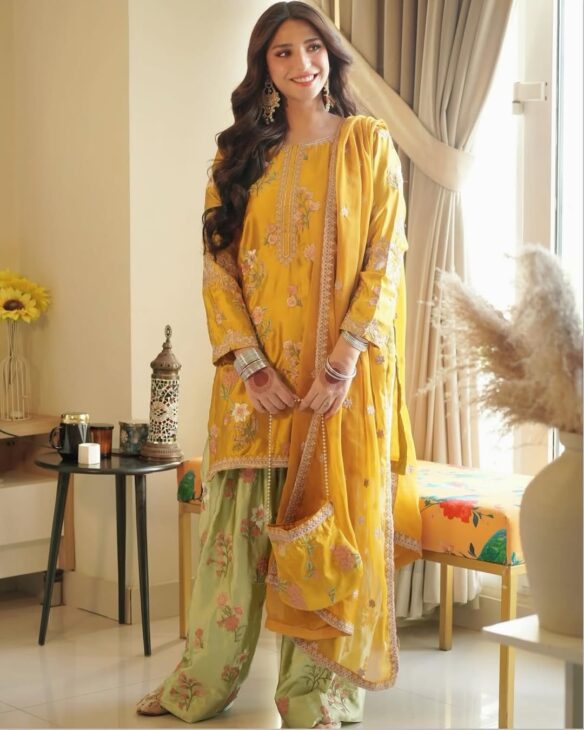
Styling the Farshi Shalwar
Styling a Farshi Shalwar is an art. It can be paired with a long kameez and a heavily embellished dupatta for a traditional look or with a button-down shirt for a more modern twist. The versatility of this garment allows it to be dressed up or down, making it perfect for both formal events and casual gatherings. For those who prefer simplicity, solid colors without excessive embroidery are a great option.

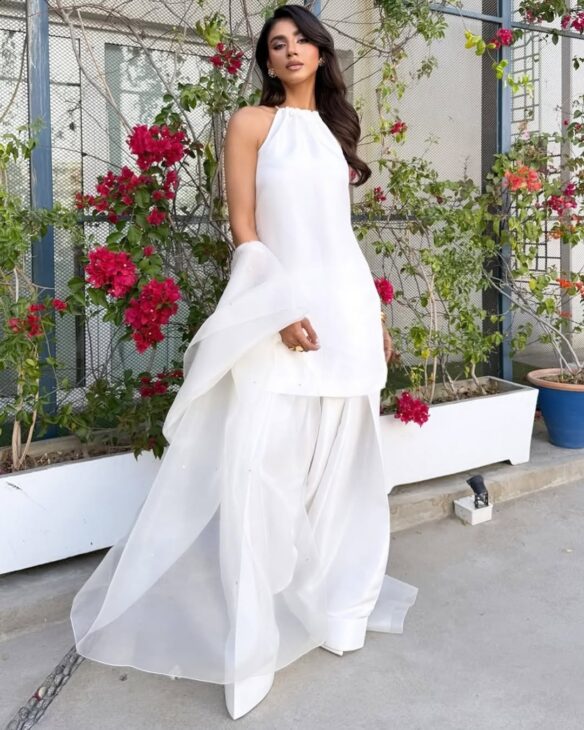
The Farshi Shalwar is more than just a fashion trend; it represents a connection to cultural heritage. Its revival reflects a renewed interest in Mughal and Nawabi fashion, with many South Asian brides opting for it as an alternative to traditional ghararas and lehengas. This trend is not limited to women; men like Fahad Mustafa have also adopted the Farshi Shalwar look, showcasing its versatility beyond gender boundaries.

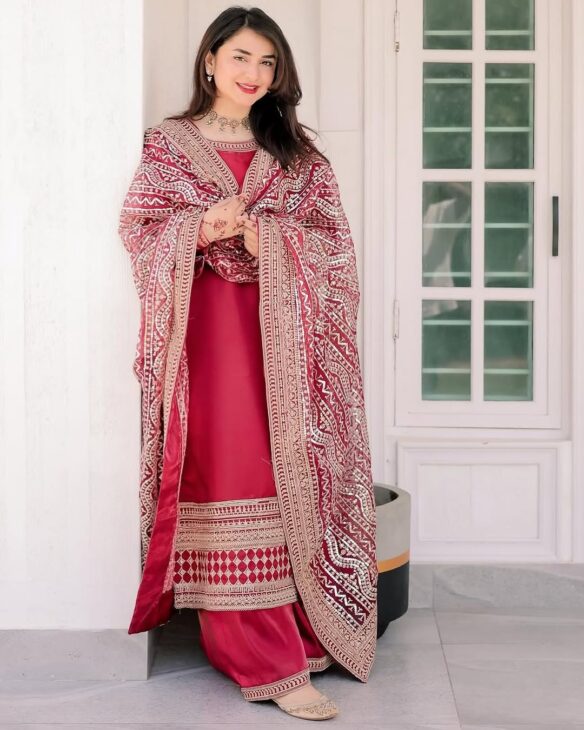
As Pakistan celebrates Eid Al-Fitr, the Farshi Shalwar fever is at its peak. This garment, with its rich history and regal appeal, is not just a fashion statement but a symbol of cultural revival and elegance. Whether you’re looking to make a statement at a formal event or simply connect with your heritage, the Farshi Shalwar is the perfect choice this Eid season.




